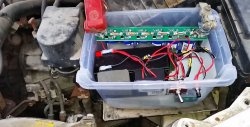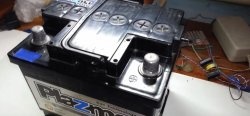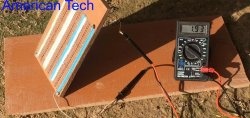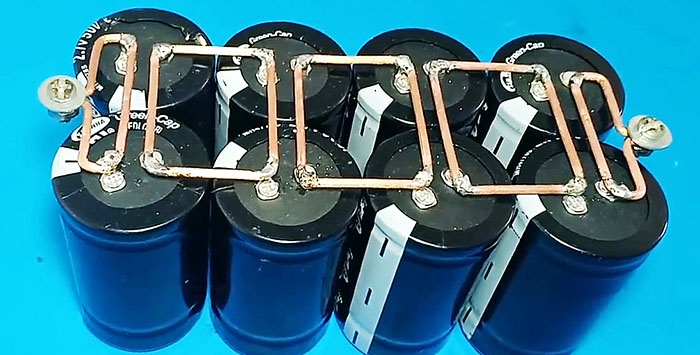
Supercapacitor (aka ionistor) is almost the same capacitor, only with a large capacity comparable to a battery. I made a 12V battery from these ionistors, which can be used in various devices. And it will last longer in certain modes compared to batteries of any type, and that’s why the supercapacitor wins here:
- - not afraid of a complete discharge “to zero”;
- - 100, or maybe 1000 times more resistant to charge/discharge cycles;
- - not afraid of critical current overloads.
And that is not all. I'll continue after assembling the battery.
Will need
- Eight supercapacitors (ionistors) 2.7 V 500 F.
- Copper wire from 2 sq. mm.
- Two nuts and bolts.
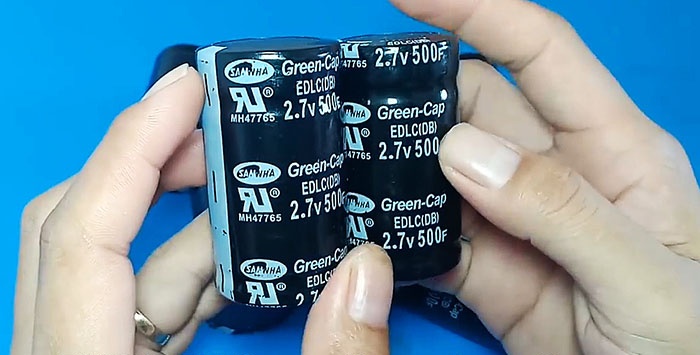
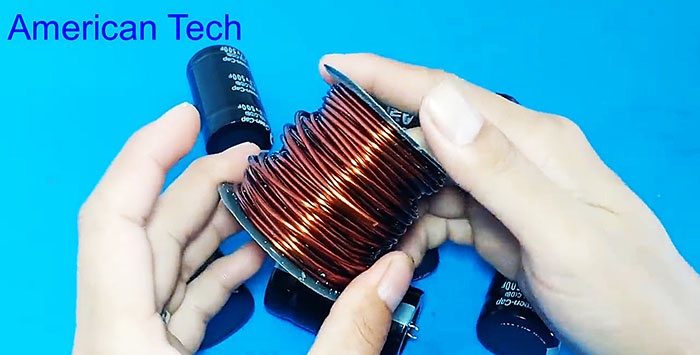
Tool: soldering iron, tweezers, wire cutters.
Consumables: solder, flux
Making a battery from ionistors
We will make a battery of 8 ionistors, connected back-to-back. Namely, there will be 4 pairs of two parallel-connected capacitors connected in series.
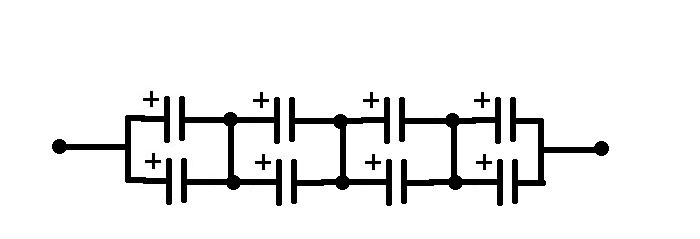
Varnished copper wire must be straightened and cleared of varnish. This can be done using a stationery knife.
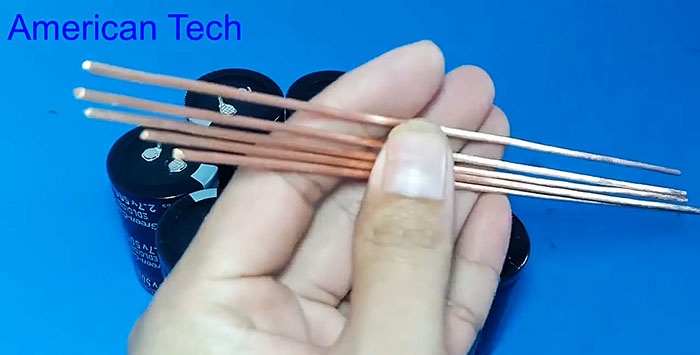
We bend the wire into connecting elements.
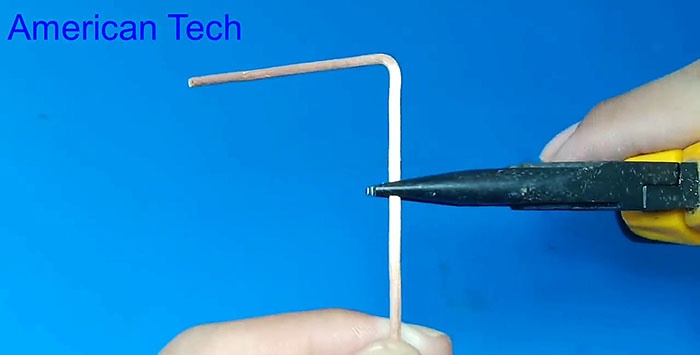
You need to make three squares and two poles.
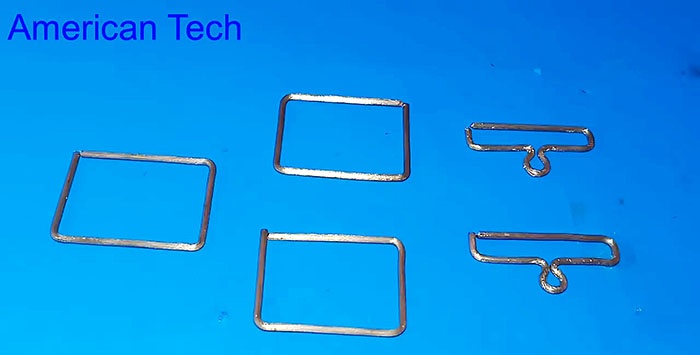
We solder connection nuts to the poles, as on a real battery.
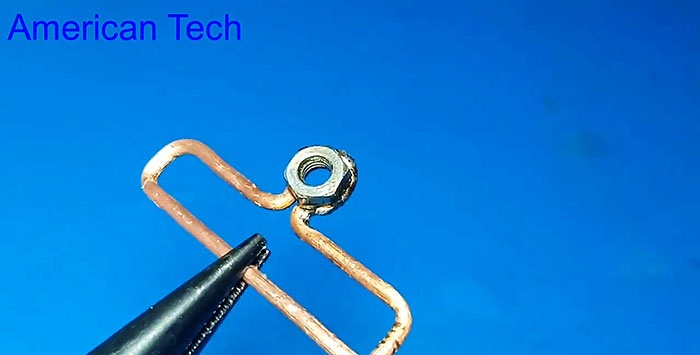
We tin the corners of the squares.
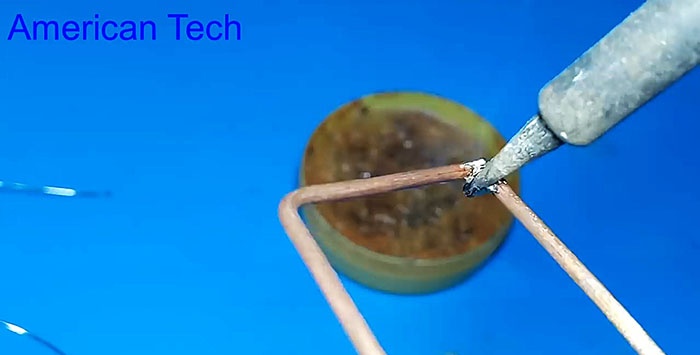
We assemble the battery, solder the connectors to the ionistors, without confusing the polarity.
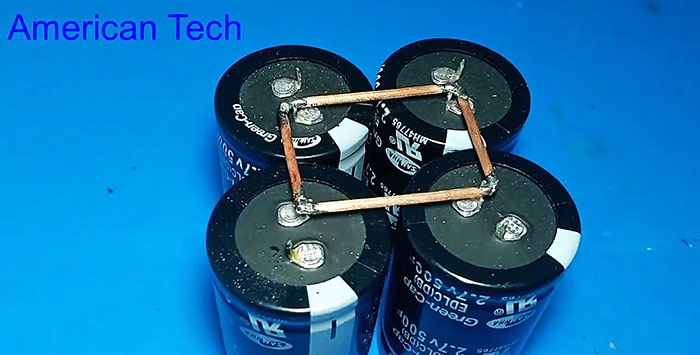
First we collect 4 groups.

And then we solder the poles.
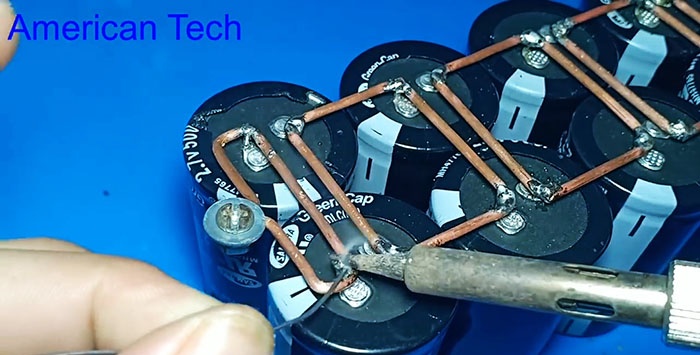
We charge with a current of 5 Amps.
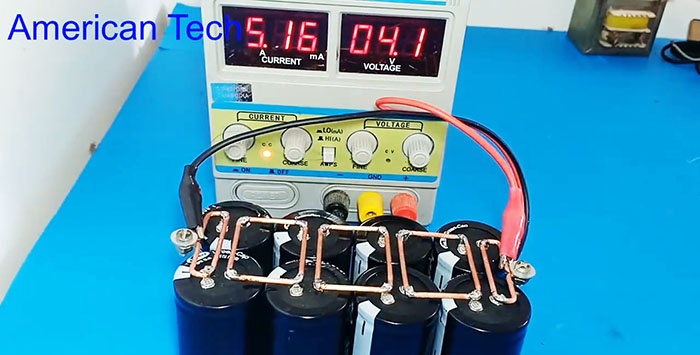
After five minutes the battery is fully charged.

We check with a lamp.
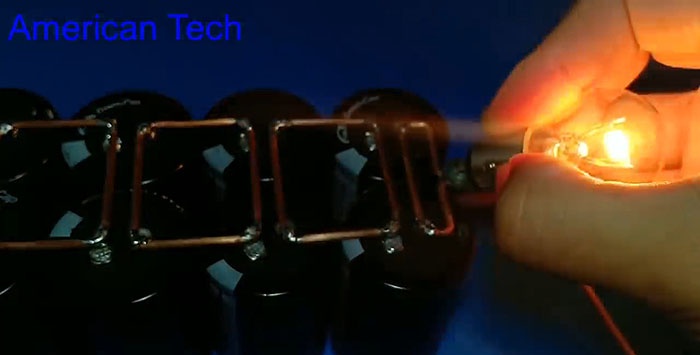
We close it with a wire - it becomes red hot.

We connect the electric motor.
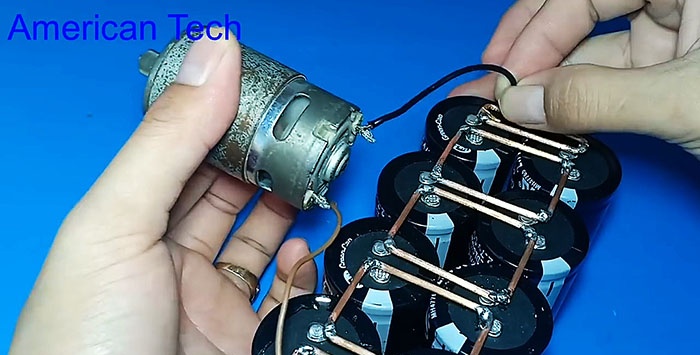
Where to apply
And such a battery can be used where there are high and short-term current loads. An ideal example: a storage capacitor for a subwoofer in a car.
The battery is also useful where there are frequent charge and discharge cycles: in the form of a battery for storing energy from solar panels, and fully distributing it to lanterns at night.
These are just two use cases, but there are many more.
They even cost on Ali Express (link) are relatively inexpensive, given their enormous service life when used for their intended purpose.
